

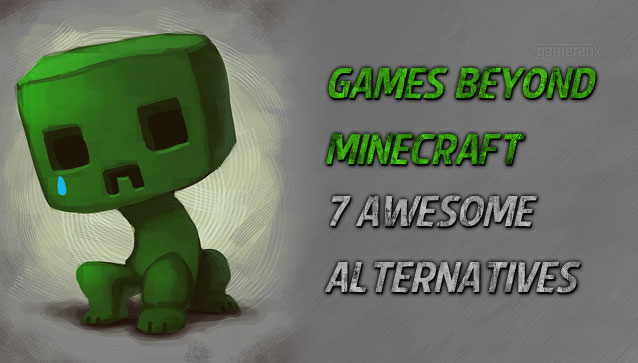
Minecraft may be popularly regarded as one of the most fascinating and progressive games ever made, but it’s not a game that’s alone in its endeavor to deliver creative experiences over mindless violence.
Contrary to to popular belief, and in variance to what the eminence of games like Call of Duty might suggest, the world of videogames is quite literally populated by games which offer experiences beyond the primal, and cater instead to our more civilized instincts.
Minecraft deserves every ounce of its popularity, but the other games which cater to our creativity—and ones that aren’t merely clones of Minecraft—deserve just as much attention as Mojang’s masterpiece.
If you’re bored of Minecraft or if you’re simply looking for an alternative to the game, here are seven of the best games you can choose from.
Blockland is basically a Lego simulator, which allows you to do what you would with a real set of Lego with multiple players. It even comes replete with a physics engine that allows you to wreak havoc on your creations.
Released years before Minecraft, Blockland offers players a non-linear open world to do as they please, giving players the chance to design and construct elaborate structures. Each player character in the game is represented by a stylized minifig, which players can use to explore the environment of their creation.
In addition to simply building things, players can also build and drive around vehicles, use weapons, and interact with the environment. The game also offers players with a variety of rulesets to apply to their worlds, so players can engage in competitive deathmatch or even survive a zombie apocalypse.
Terraria is what you’d get if you combined Minecraft with the likes of Metroid or Castlevania. It can be best described as a side-scrolling game with elements of construction and adventure.
Designed primarily as a cooperative experience, Terraria invites players to team up and construct a fortress of their imagination while fending against the wilderness. Players can embark on adventures overland and underground, earning treasures and materials which they can then use to build and furnish their constructions. These constructions invite non-player characters to occupy them and provide the players with new items to purchase.
In addition to underground caverns and random monsters who spawn during the night, maps even contain dungeons for players to crawl their way through and kill giant boss monsters.
LittleBigPlanet 2 is the sequel to the hugely successful LittleBigPlanet, a title exclusive to the PlayStation 3. Centered around user-generated content, platforming, and puzzles, LittleBigPlanet 2 invites players to create their own levels and missions or experience designs built by others, essentially playing through Rayman-like levels made by other players.
In addition to maps and levels created by other players, LittleBigPlanet 2 comes with its own campaign who teams up with a character named Larry Da Vinci and his organization called The Alliance to defeat an entity called the Negativitron and prevent it from destroying Craftworld, the environment in which the whole game takes place.
Unlike the first game, which was limited to platforming levels alone, the sequel offers players the ability to play through, and even create racing maps, puzzles, and role- playing games.
Kerbal Space Program invites players to build and pilot a space shuttle by first constructing one out of pre-fabricated modules. Players can choose from a variety of parts including engines, fuel tanks, solid fuel rockets, landing gear, wings, steering fins, and a variety of other parts.
Through experimentation, patience, and ingenuity, players can construct jet planes, space shuttles, landing craft, and even interstellar spacecraft which you can use to orbit the sun.
The game may look like stupid fun, but it’s secretly rather clever fun. If you have a mind to construct a working spacecraft—one powerful enough to reach escape velocity without tearing itself apart and crashing into the ocean—then this game is definitely for you.
Not to be confused with the “Star Forge” of Knights of the Old Republic fame, StarForge is a construction-focused game that’s also a first-person shooter and a tower defense game. You must gather resources, build a base, and survive on an alien planet hostile to human life.
In StarForge, you’ll have the opportunity to construct a base by digging trenches, erecting towers, and building all manner of defenses. Additionally, you can alter the terrain and mine for a variety of resources which you can use to construct your base and craft items. Speaking of which, the sky’s the limit with what you want to build, as StarForge even supports an atmosphere above the planet.
Finally, StarForge also comes with a competitive multiplayer mode called Fort Wars which invites teams of players to construct forts and do battle with each other.
Cortex Command is a game that’s part Worms, part Terraria, and part Tower Defense. Your role in this 2D sidescrolling game is to build a base containing a disembodied brain and defend it from the AI enemy’s army with a host of soldiers, automated sentries, and weapons at your disposal. As you fend off waves of enemies, you must mine beneath the surface for resources with which to build further defenses and upgrade your army.
Being the disembodied brain that you are, you’ll be able to assume direct control over your units to move them around and fire their weapons. The game’s physics engine allows these battles play out very much like a real-time Worms.
You can also conduct a variety of missions in Cortex Command, some of which challenge you to recover lost artifacts in underground, zombie-infested caverns; to defending your brain from an all out attack.
Like so many other games on this list, Cortex Command remains in development with new features being added to it at a reasonable pace.
Cube World is kind of what you’d get if you took the gameplay and combat mechanics of The Legend of Zelda and dropped it into the world of Minecraft. Add exploration, boss monsters, and set the whole thing in voxels, and you’ve got Cubeworld.
The developers have no plans to add mining or digging, but the game fully supports construction, and there are plans to implement a crafting system that will allow players to craft weapons and armor from loot dropped by monsters.
Like Minecraft, Terraria, and just about every other game on this list (with the exception of Media Molecule’s LBP2) Cube World began as a small project, but will undoubtedly become a game as big as Minecraft.
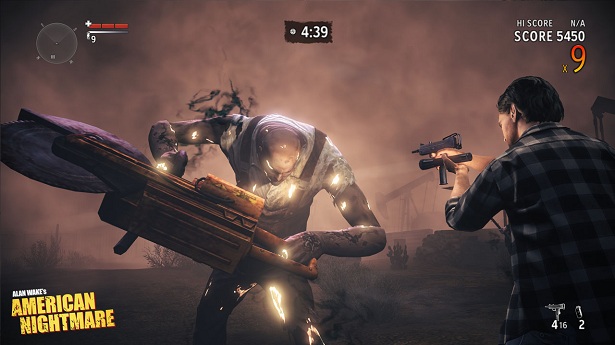


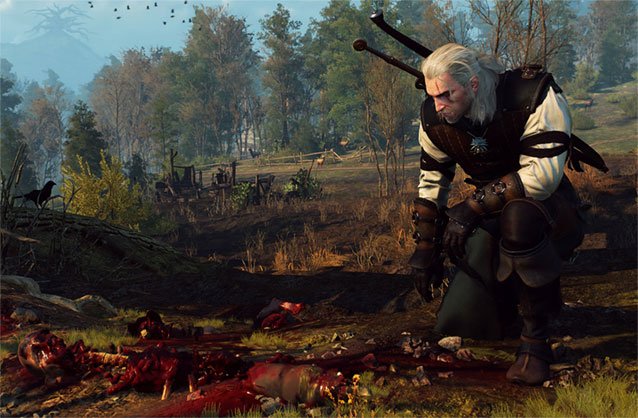
 Farming Simulator 16: Vehicles, Harvesting machinery and equipment
Farming Simulator 16: Vehicles, Harvesting machinery and equipment 10 Great Gifts for Photographers
10 Great Gifts for Photographers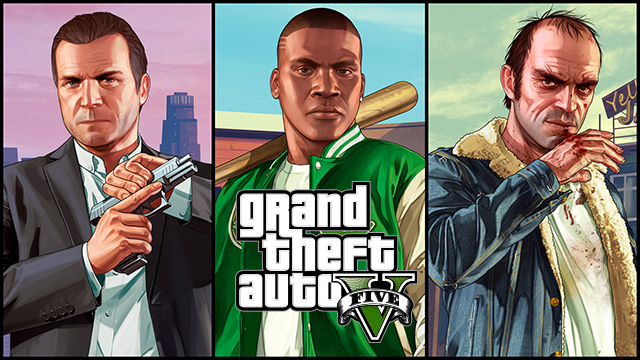 Full List Of GTA V PC Command Lines With Description, GTA V PC Default Controls
Full List Of GTA V PC Command Lines With Description, GTA V PC Default Controls Just Dance: Disney Party 2 (2015) song list
Just Dance: Disney Party 2 (2015) song list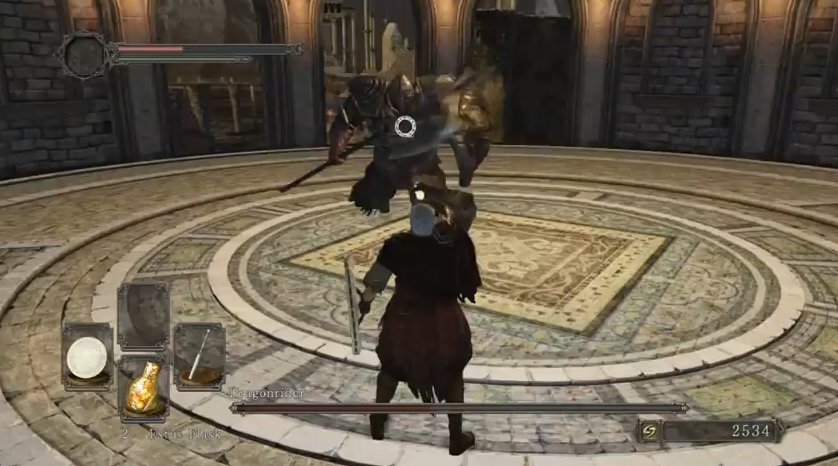 How to Beat Dragonrider in Dark Souls 2
How to Beat Dragonrider in Dark Souls 2